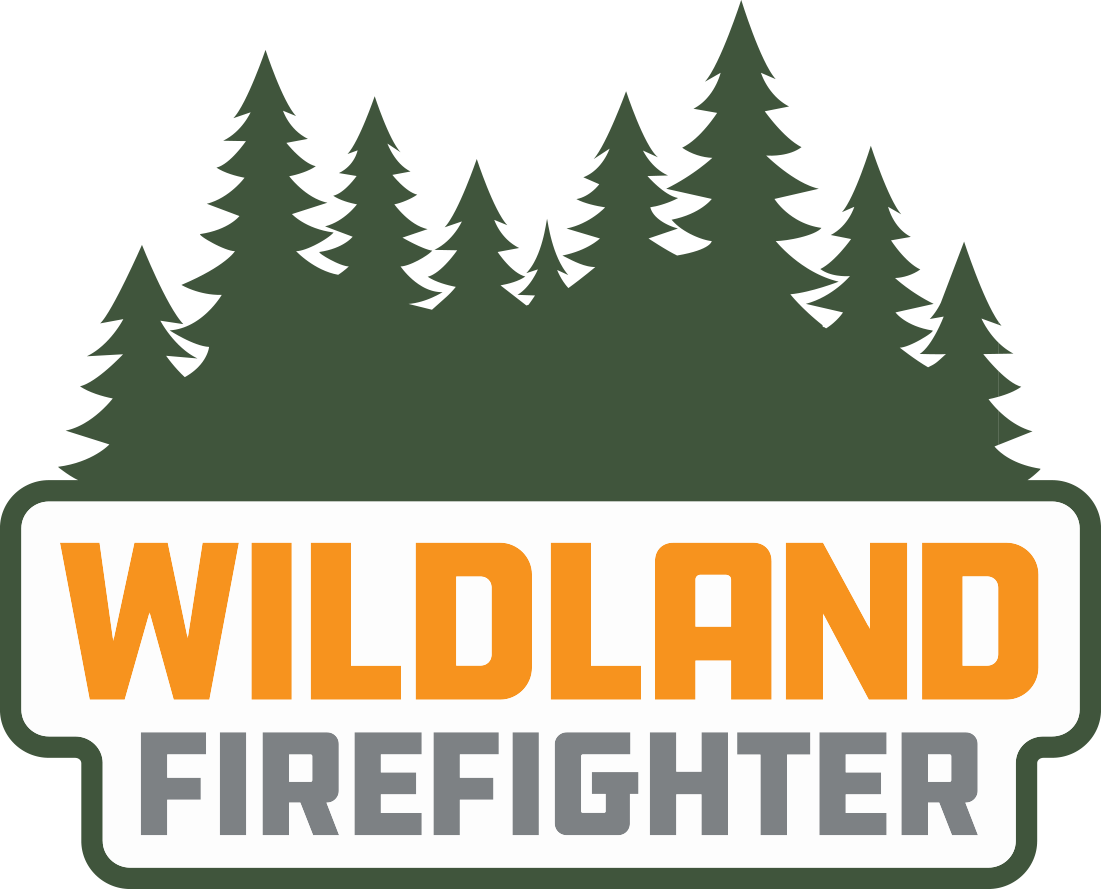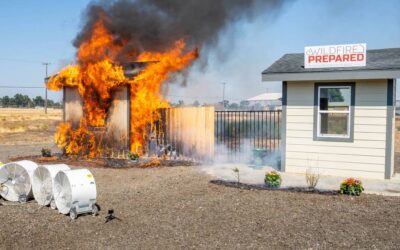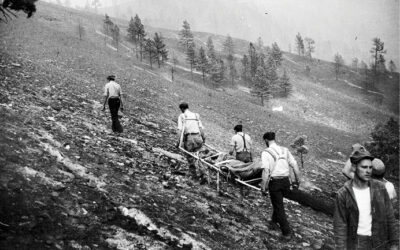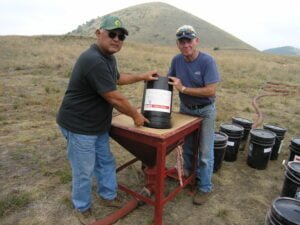
While battling a wildfire in Montana, Lou Gildemeister was the first state employee to order fire retardant and have the governor approve it.
Perimeter Solutions is celebrating the 60th anniversary of PHOS-CHEK® long-term fire retardant, which was first approved by the US Forest Service in 1963. PHOS-CHEK has protected thousands of properties from destruction and saved countless lives in the decades since it was introduced. Its success was made possible by individuals who left their mark on the fire safety industry by contributing to its innovation, promoting its benefits and teaching others how to use it effectively to prevent the spread of wildfires. Perimeter Solutions is honoring some of these individuals by identifying them as one of the Heroes of PHOS-CHEK.
Lou Gildemeister, who started working in the fire safety industry in the 1960s—and is still active today—is this month’s Hero of PHOS-CHEK. In this article, he shares a brief perspective about his long career.
Lou Gildemeister, Protecting Property and Lives for 60 years
My career in fire safety dates to the 1960s. I graduated with a degree in Forestry from Michigan State University, and during the first part of my career I worked with the US Forest Service and what was then known as the Montana State Forestry Department (now the Montana DNR). I also had a stint at the Western Fire Equipment Company out of San Francisco, and then joined Monsanto/PHOS-CHEK in 1980.
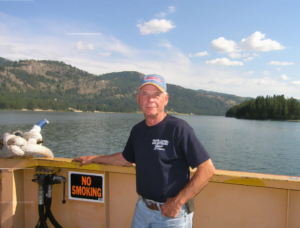
One of the more memorable experiences during Gildemeister’s career was battling the 1988 Yellowstone Fires. “It really opened my eyes to what nature can do, and how a fire operates.”
Firefighting was obviously much different in those early days. Today’s firefighters are thankfully much better equipped and protected than they were in the 1960s. I remember back during my days with the state of Montana, I was battling one fire using a five-gallon backpack filled with water, just to illustrate how much things have evolved over the years.
While working in Montana, I was the first employee with the state to order retardant and have the governor approve it. This is going back more than 50 years, so I can’t remember the name of the fire, but at the time, the state didn’t have a lot of money in the budget for fire retardant. After I received approval, we were able to stop this fire while it was on state land, preventing it from damaging any federal forest land. This was the first time I saw PHOS-CHEK in action, and it really impressed me, so when Don Peterson with Monsanto later approached me and offered me a job, I didn’t hesitate to take it.
When I joined Monsanto, my first role was promoting the use of PHOS-CHEK in ground applied applications and prescribed burns. Monsanto purchased a truck for me, and I would mix retardant on the truck to conduct demonstrations for federal and state agencies, as well as private landowners. I worked with the Soil Conservation Service, Texas A&M, conducting burns in Texas, all the way up to North Dakota and every state in between to show how PHOS-CHEK can be used effectively to create barriers and control lines. We trained a whole generation of firefighters how to use retardant, and they came to rely on it in their firefighting efforts, and still do to this day.
After working with the ground-applied team, I moved into tanker base operations in the late 1980s, and I have been there ever since. One of the most memorable experiences of my career happened shortly after joining this side of the business when the Yellowstone Fires erupted in 1988. I spent almost 3½ months battling the fires in Yellowstone, and it was quite a mind-bending experience. It really opened my eyes to what nature can do, and how a fire operates.
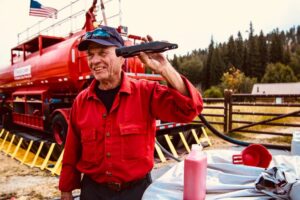
Over a 40-year span, Gildemeister estimates that he has trained hundreds of fire safety professionals on the use of PHOS-CHEK.
As part of the tanker base team, I install equipment at airbases around the country, train people on how to use the equipment and product, how to maintain the equipment at their tanker bases, and continue to provide customer service along the way. If they have technical problems, we assist them by phone, or in person – and the rare time there is an issue with the retardant, we solve that for them.
My training expanded beyond airbases as well. I conducted many a training session on the use of foam and retardant at various academies, including the New York Wildfire Academy and the Colorado Wildfire Academy. Students/firefighters from all over the Northeast United States attend the NY Wildfire Academy. They get assignments to help with fires out on the West Coast, but they have quite a few fires on Long Island and in the New Jersey Pine Barrens they have to deal with as well.
I also had the opportunity to help others outside the US. This included assignments in Australia, Chile, Mexico and Canada. My first training abroad took place in Australia in 1989, and then I returned there in the late 1990s. The vastness of the country just struck me, and it took a little getting used to how they manage firefighting operations. They get the job done very well in Australia, and they are doing the same things we do here in the US, but it’s just organized a little differently.
Most of the classes I lead are focused on Mixmaster and Fire Retardant. We gather 25-30 students for each session, and I have conducted 15 to 20 of those throughout my career, maybe more. Over the last 40 years, I would estimate that I trained more than a dozen people within our company, and hundreds of fire safety professionals through our academies.
Today, I serve as a Senior Technical Representative and Area Manager for Perimeter Solutions. Looking back on my career, I have witnessed many changes and improvements with PHOS-CHEK – it delivers higher yields, better visibility, and better performance in drop characteristics. The use of aerial firefighting has increased due to PHOS-CHEK retardant, especially with helicopters and portable operations. In the past, helicopters would typically drop water, but with the advent of our portable systems, more agencies are working with portable retardant bases to drop retardant, which obviously is more effective in containing and suppressing fires. Our retardants have continually improved over my years with the company, and I am proud to have been a part of that.
Perimeter Solutions will recognize a new Hero of PHOS-CHEK each month during 2023 in the PHOS-CHEK 60th Anniversary Museum, which includes numerous exhibits that tell the history of PHOS-CHEK. To tour the Museum, visit https://www.perimeter-solutions.com/en/phos-chek-60-years/.
